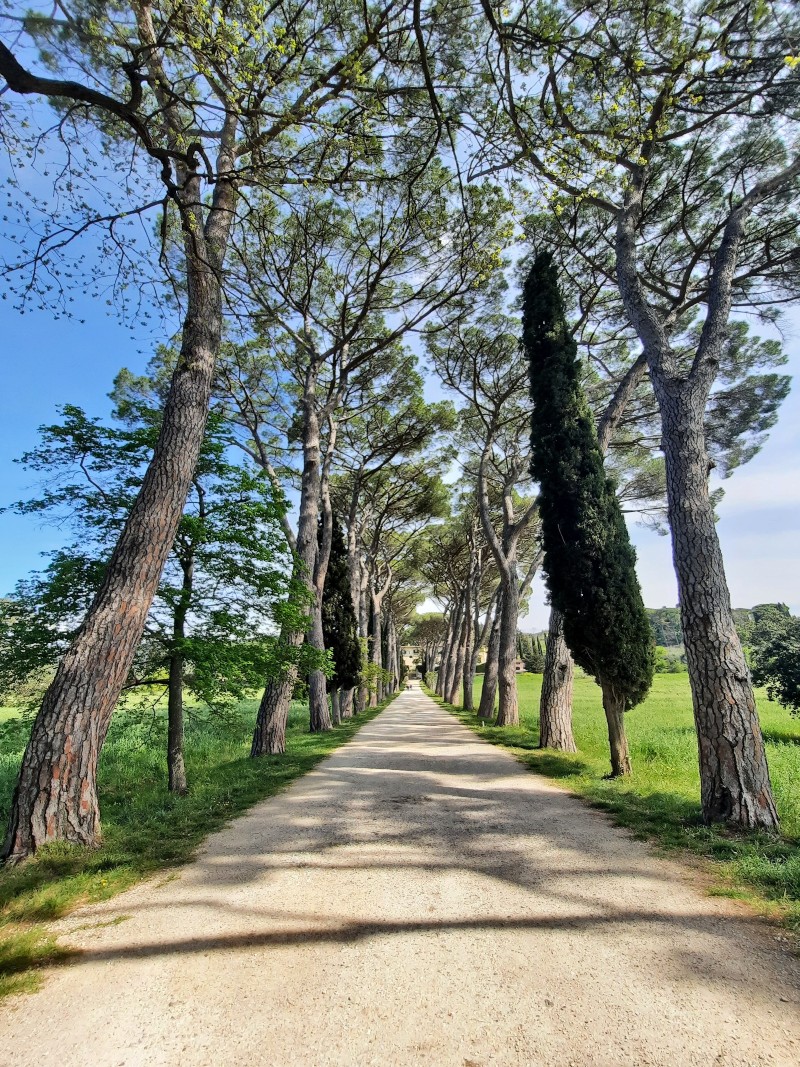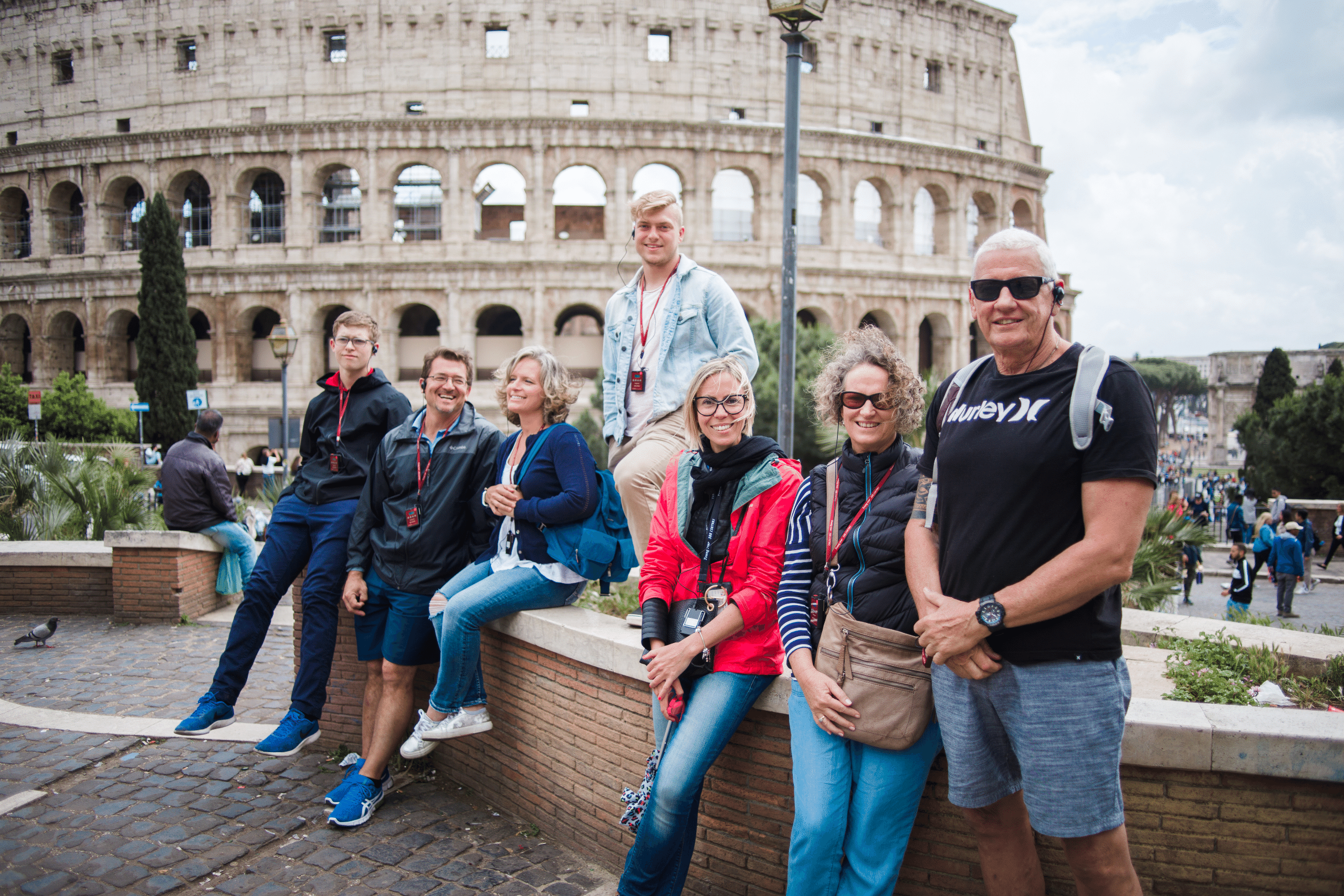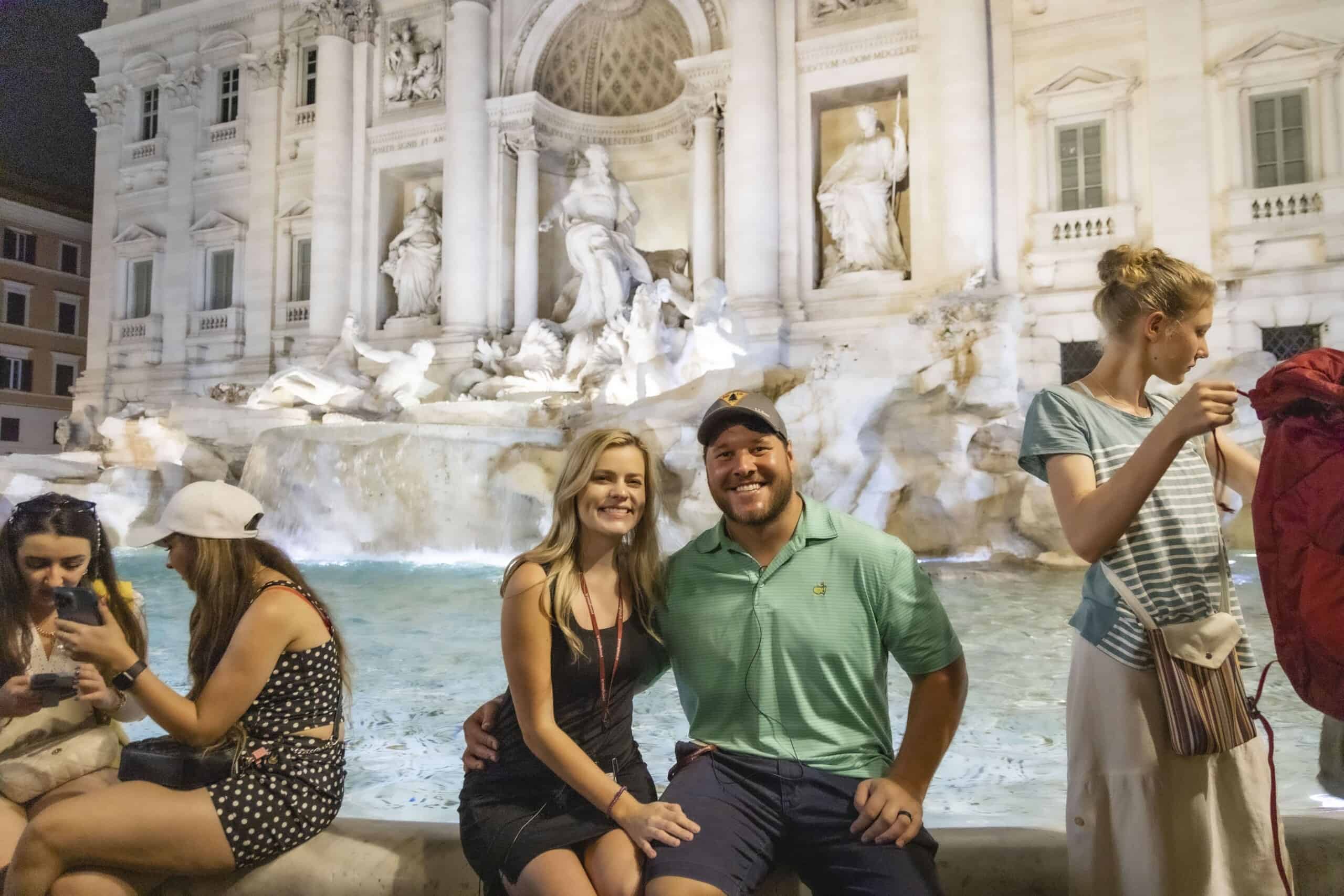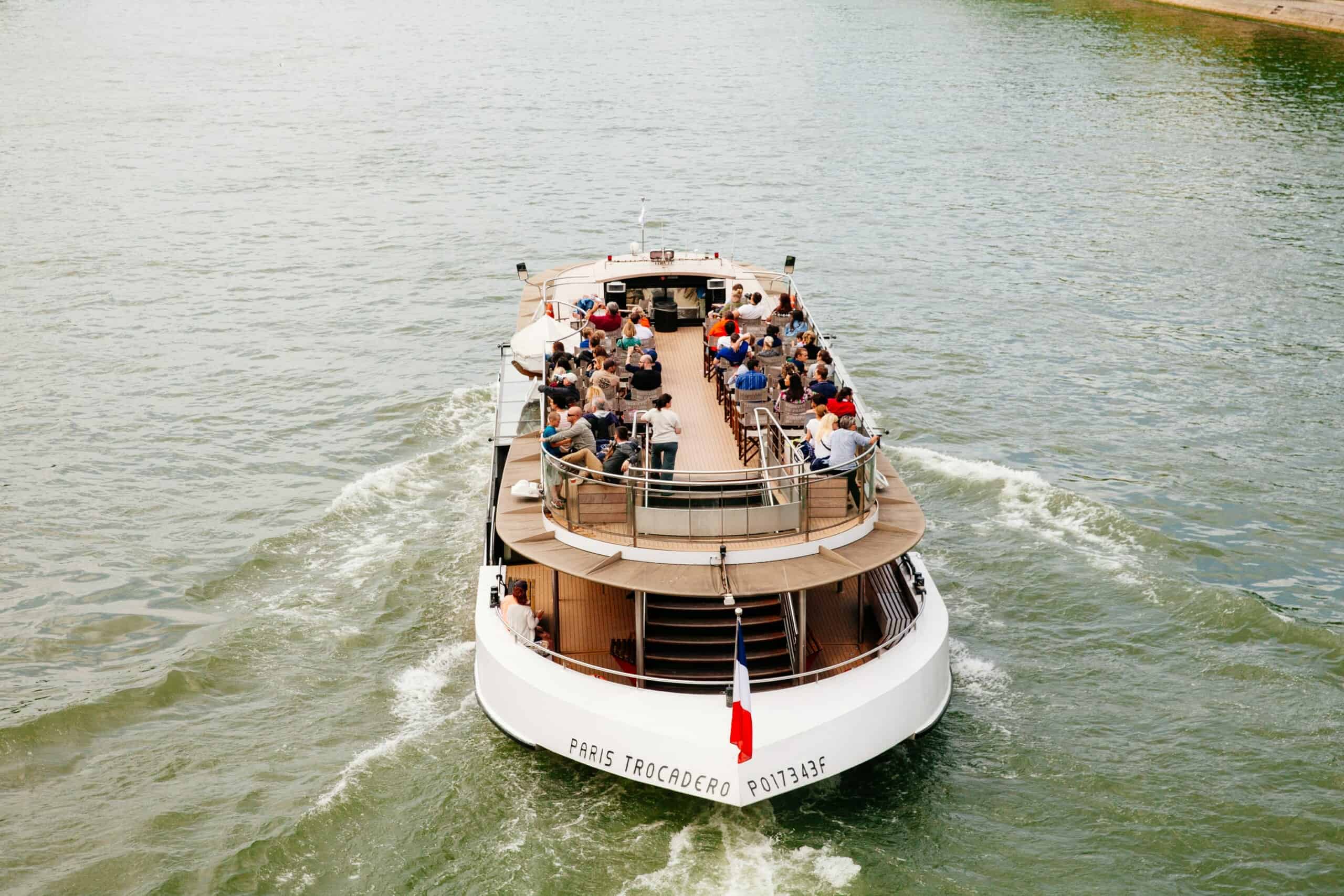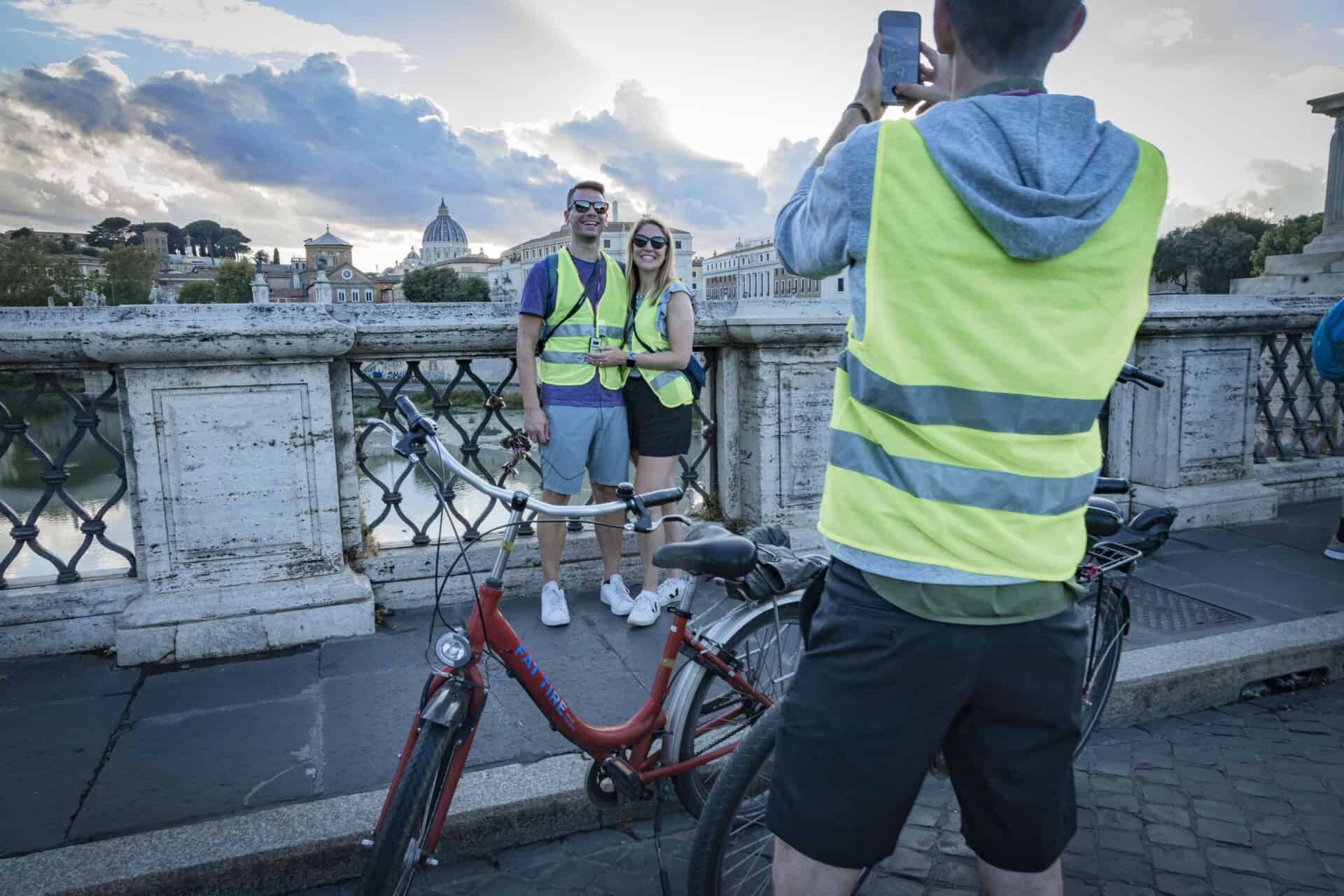
By Anne McCarthy
In the iconic 1953 film Roman Holiday, Audrey Hepburn plays Princess Anne, who escapes her royal duties with the dashing Joe Bradley (Gregory Peck) and zips around on a moped throughout the Eternal City; if the film were made today, perhaps they’d be on an E-bike!
Exploring Rome by E-bike is an exciting way to see the city and go at a faster pace than regular cycling or even walking. Fat Tire Tours Rome features an E-Bike Rome Highlights Tour and an E-Bike Rome Street Food Tour. We would love to show you around this exciting and gorgeous city!
E-bikes may seem relatively new, but you may be shocked to learn that the first patent for an E-bike was granted in 1895! It was granted to a man named Ogden Bolton Jr., who invented a battery-powered electric bike. Just two years later, Hosea W. Libbey was given a second patent for an E-bike in 1897, which was propelled by a double electric motor. One of the first prototypes of an electric bike was created by Yamaha in 1989. The company also invented the pedal-assist system in 1993.
Since those initial prototypes in the 1980s, E-bikes have soared in popularity. The production of these bikes grew 35% between 1993 and 2003. And the electric bike market continues to grow! We’re proud to offer E-bikes to our customers as a thrilling mode of transport for exploring European cities.
You’ll learn about the historical spots visited on the tour from your guide, but in the meantime, here are some fun and fascinating facts about tour stops on the E-bike tour.
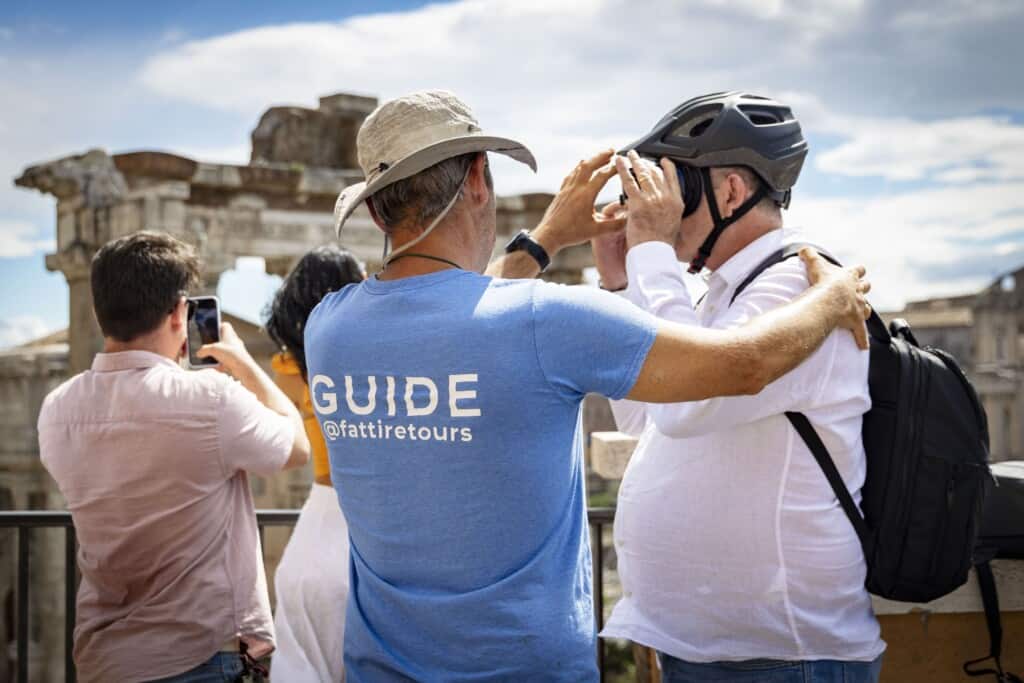
Campo De Fiori
Campo De Fiori is a market square in Rome that boasts robust street culture and commerce. The square is also part of Via papale (“Pope’s road”), which is the street that links the Basilica of St. John Lateran with the Vatican.
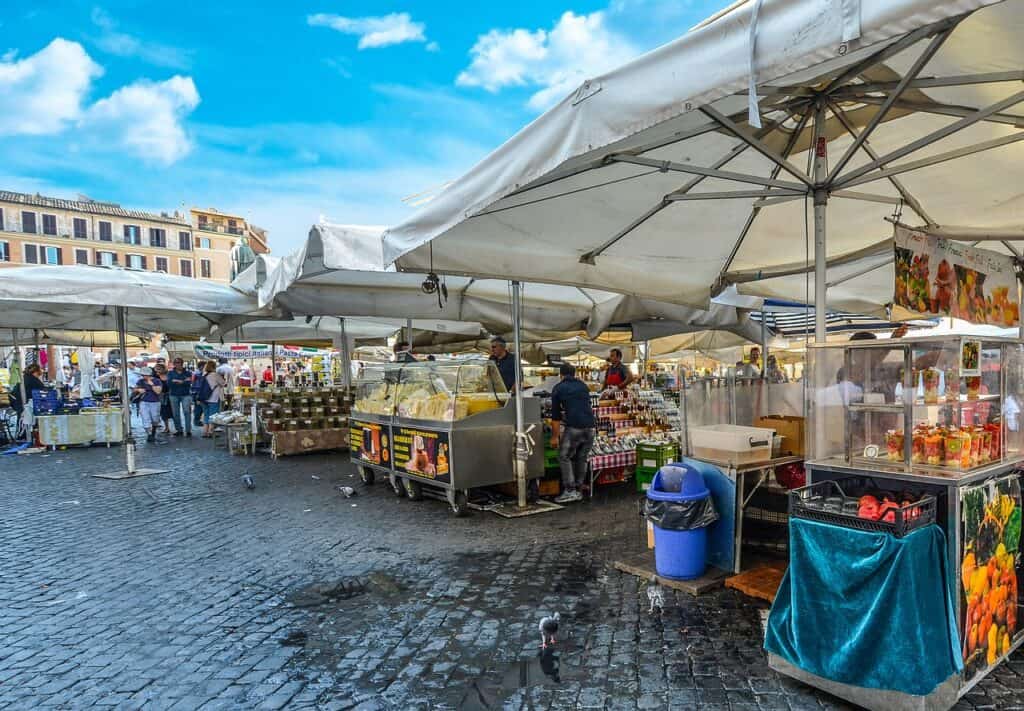
Did you know that the name “Campo De Fiori” has a lovely meaning in Italian; it means “field of flowers”! Campo De Fiori was a gorgeous, flower-filled meadow up until the 15th century. Pope Callisto III was responsible for having the area paved in 1456, changing the location’s ambiance.
Are you looking to do some themed movie nights before your trip to Rome? Add Campo de Fiori to your list (along with Roman Holiday!). The film Campo de Fiori is a 1943 Italian comedy set in the Campo de Fiori market; it’s a love story about a fish seller and a flower vendor. It’s not all roses and love stories, though; the site was formerly an execution square.
St. Peter’s Square
There is much to say about St. Peter’s Square, the stunning big plaza in front of St. Peter’s Basilica in the Vatican City, where the pope lives. The square is named after Jesus’s apostle St. Peter. Catholics consider Peter to have been the world’s first pope.
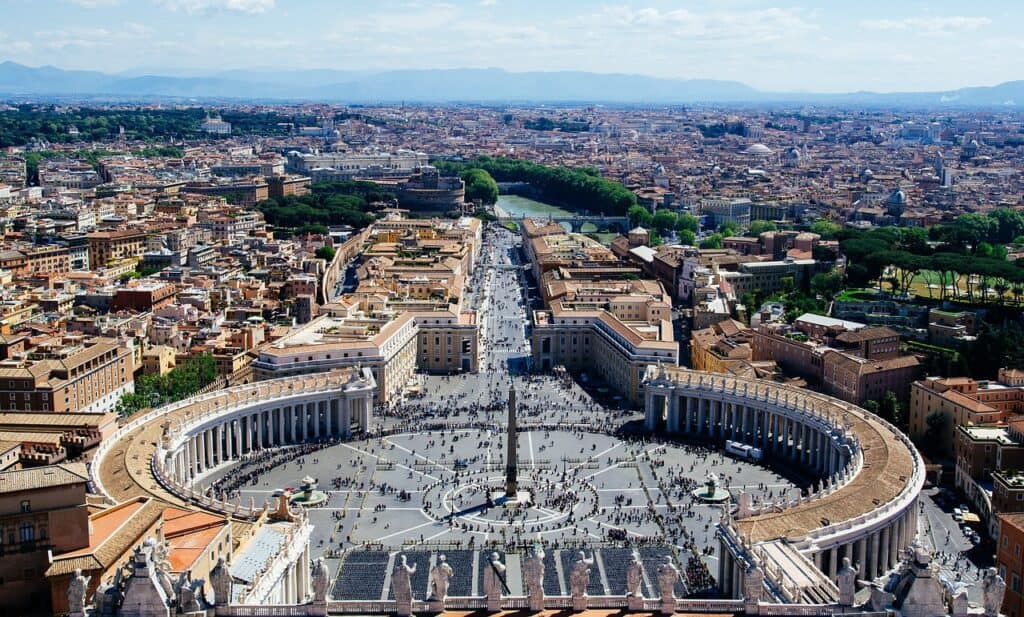
Directly in the middle of the square is an ancient Egyptian obelisk made from red granite, originally erected in Heliopolis, Egypt, under the direction of an unknown pharaoh. It was erected there in the Vatican in 1586, and nearly 100 years later, the square itself was designed. In the 1600s, from 1656 to 1667, the square underwent an image overhaul. Under Pope Alexander VII’s watchful direction, the square was redesigned so that “the greatest number of people could see the Pope give his blessing, either from the middle of the façade of the church or from a window in the Vatican Palace.”
St. Peter’s Square was designed to create a sense of awe for the onlooker, and you’ll no doubt agree when you’re in the square that this feat was achieved and then some.
Pantheon
Former Roman temple and a Catholic church since 609 AD, the Pantheon is a jewel of Rome, and it bears historical significance. It’s famous for being one of the oldest and best-preserved monuments from the ancient Roman period. It’s also a resting place and burial ground for former kings and renowned artists, including Renaissance painter Raphael, who died at the young age of 37 in 1520.
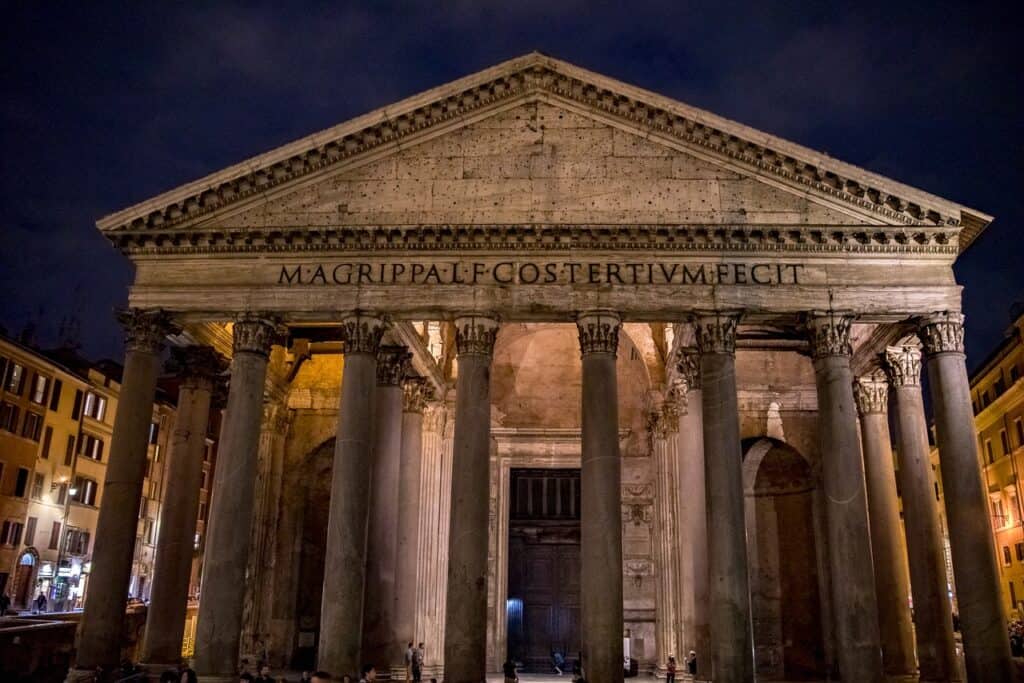
One reason for its preservation? It’s always been in use. It’s believed that the Pantheon remains one of the best-preserved ancient Roman buildings because its been in continuous use through history since the 7th century. The Pantheon is considered state property and belongs to Italy; it’s managed by Italy’s Ministry of Cultural Heritage and Activities and Tourism.
Over 7 million people visit the Pantheon each year! The space continues to be a functioning Catholic church, and masses are held there are Sundays. There is even the occasional wedding held there.
The Trevi Fountain
Speaking again of the film Roman Holiday, there’s a scene in the classic movie featuring the Trevi Fountain, right after Princess Anne cuts her hair to disguise herself as she’s galivanting around the Eternal City. This is just one of many famous films in which you’ll find the Trevi Fountain; others include La Dolce Vita, The Lizzie McGuire Movie, and more.
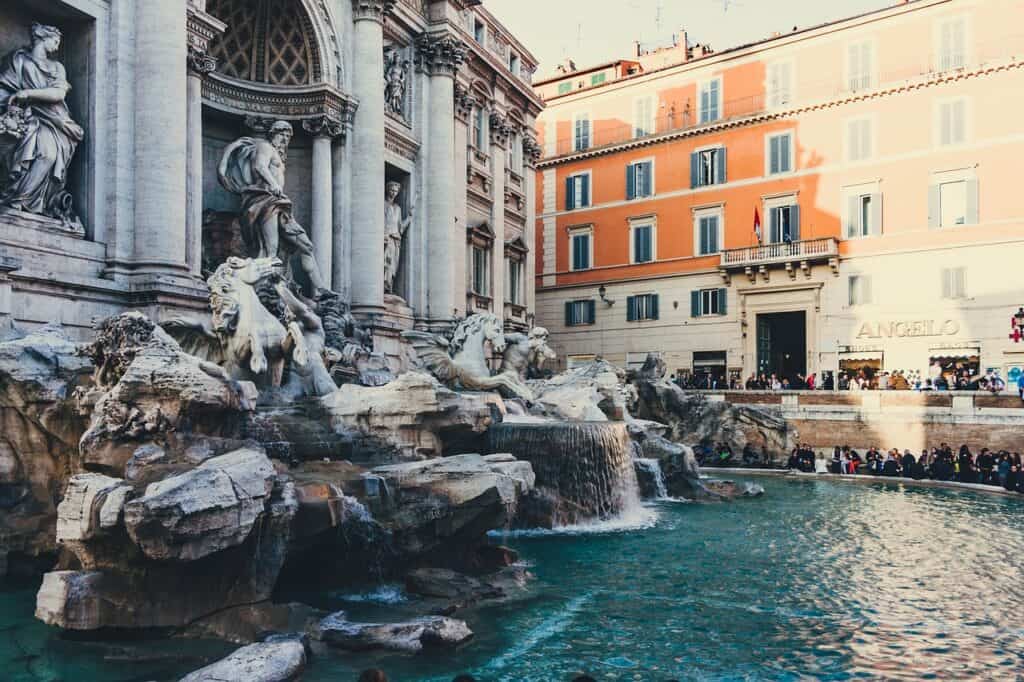
The Trevi Fountain, located in the Trevi district of Rome, was completed in 1762 and designed by Italian architect Nicola Salvi. It’s one of the most famous fountains in the world, thanks to its imposing stature, its breathtaking design, and its beautiful Baroque style.
The fountain’s name comes from the Latin word “trivium,” which means the intersection of three streets. It’s tradition for visitors to throw coins into the fountain and make a wish; the coins are supposed to be thrown with the right hand and over the left shoulder. Annually, approximately € 3,000 worth of coins are thrown in the fountain by visitors. It is illegal to steal coins from the fountain, but some people do make regular attempts.
The Colosseum
The Colosseum is the largest amphitheater of the ancient world, and it’s a huge draw for tourists who come to Rome. Construction began on the Colosseum under Emperor Vespasian and it was completed in 80 AD under his successor, Titus. The word “colosseum” is a Latin noun derived from the Latin adjective “colosseus,” which means “huge” or “gigantic.” The location of the Colosseum was specifically chosen because it was a flat area in a once densely populated region of the city.
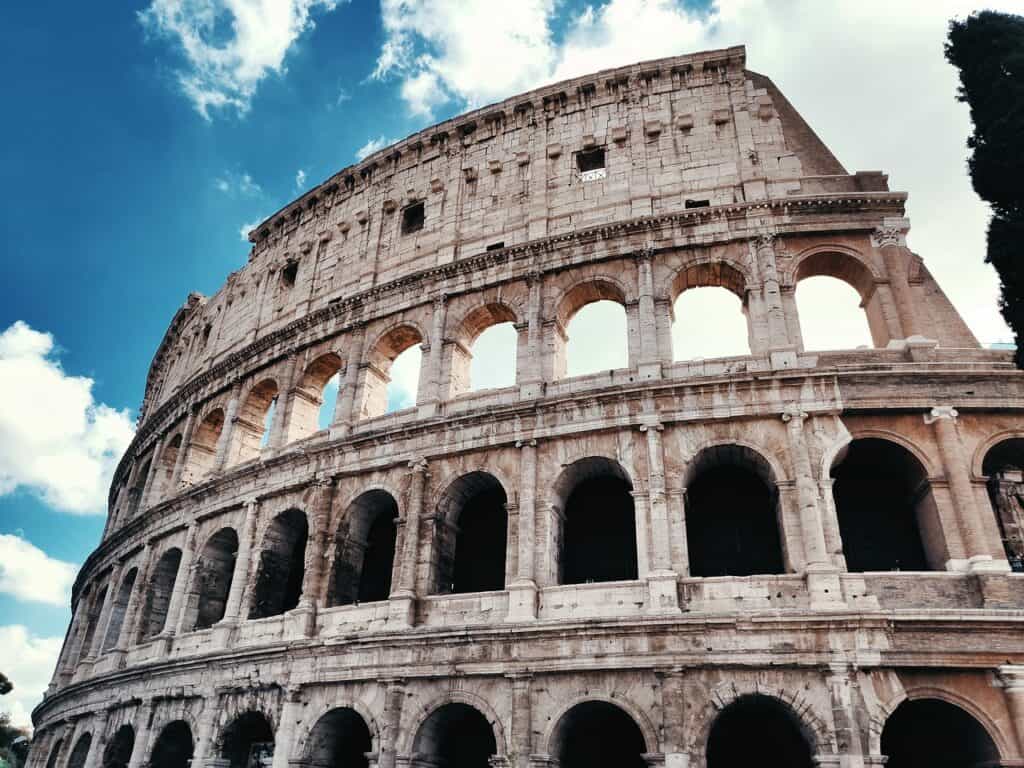
It was built to hold a whopping 50,000 to 80,000 spectators throughout different times in its history. What were all those people doing packing into the Colosseum? Oftentimes, it was for gladiator contests, animal hunts, executions, reenacting famous battles, and theatrical performances.
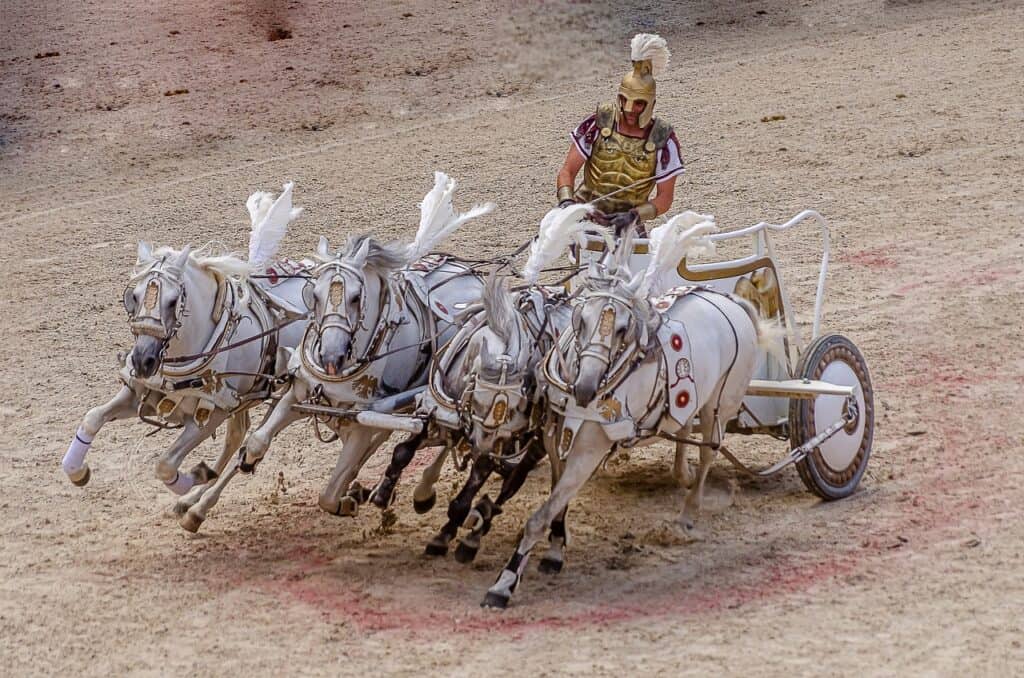
Want to learn more about these incredible Roman monuments? Book your Fat Tire Tours Rome E-bike tour today!
Anne McCarthy is the Editor in Chief of the Fat Tire Tours Blog. She is a contributing writer to the BBC, The Washington Post, The Guardian, Wired, and many more. She splits her time between the U.S. and Europe.
